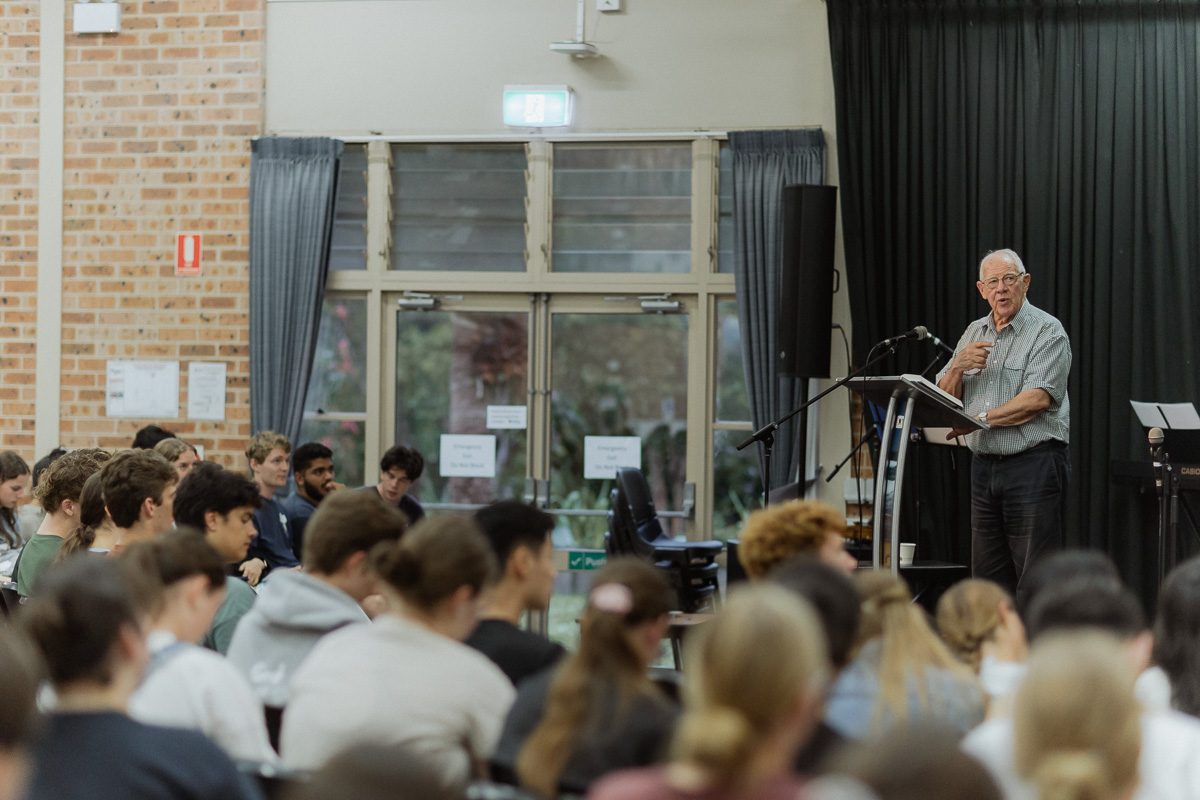In 1994 our diocesan Synod passed the following motion:
This synod recognises that planting and developing new churches is an effective way to reach our nation with the Gospel and asks the Archbishop respectfully to set up a working party to prepare for the next Synod a report on research into the practice and experience of church planting in Australia and overseas and in the light of that research present a draft diocesan strategy for evangelistic church planting. This report should particularly include examination of research into and recommendations for evangelistic church planting among non-Anglo Saxon ethnic groups within our Diocese.
The Archbishop’s working party reported to the Synod in 1995. The report outlined a six-point strategy:
- Intensify growth attitudes
- Train church planters
- Target different people groups
- Provide resources for church planting
- Re-think our present structures
- Work for continuous growth.
The question to ask now is what has happened since then?
As best as I am aware, no organised effort was made to implement the working party’s recommendations, but many of them have been enacted. The Diocesan Mission has intensified “growth attitudes”. Recruiting and training church planters has not progressed as far as was hoped, but fresh efforts are being made to remedy this. The idea of targeting different people groups is now accepted as normal. Few diocesan resources have been provided for church planting but a large portion of parish resources have.
More importantly, there has been a complete cultural change towards church planting. In 1994 it was a new and not altogether welcome idea. In 2008 it is not only normal, but we are concerned about not planting quickly enough.
The change is in more than culture. You can see it in the number of recent church plants. A report coming to this week’s Synod counts 136 new congregations as having commenced since October 2002. For example, the Asian Bible Church that meets every Sunday at 4pm in our own Cathedral, only started in 2005. This expansion of church planting is one of the most significant changes in our diocesan church life. If these new congregations have only 50 people each they contain over 6000 members.
Most of these church plants have not come from evangelism but church division. Churches have purposely divided their full congregations to set up new ministries to target specific demographics. This is a great development, but it aims at evangelism rather than coming from evangelism.
There is a second type of church plant. Instead of redeploying church members for evangelism it is derived from evangelising non-Christians. These church plants start smaller, with one or two evangelists who gather together new converts. These churches are made up of recent converts rather than Christians redeployed from a large church. Evangelism derived church plants are much fewer in number and are more recent in our diocese, but the trend towards them is growing.
Since the 1995 report Synod has changed parish structures. The “Recognised Churches Ordinance” welcomes church plants as member churches of the diocese. It accepts church plants that target particular demographics. It even allows new churches to be provisionally recognised.
Synod also allows non-Anglican churches to affiliate with the diocese. The “Affiliated Churches Ordinance” allows any church plant to fellowship with us without becoming a full member.
These legislative changes do not plant any churches. They make church planting acceptable and help new churches to integrate into the diocese. They just put out the welcome mat. We still need to invite visitors if anybody is going to come into our home.
Recently we invited the American evangelist/church planter Mark Driscoll to speak to our ministers. He spoke on reaching the next generation with the Gospel. He really pushed the importance of church planting. He especially promoted the second type church-planting. He advocated using young, evangelistic, tent-making entrepreneurs. His emphasis tied in well with the direction the Diocese is moving. His challenge was a useful catalyst to our Diocesan Mission.
The Diocesan Mission policy for parishes builds on church planting. It is to turn our parish churches into the mother churches of new plants and to reach out to new people groups who would otherwise not be reached by parish churches. It is expressed in this way:
To enable parish churches to expand numerically, equip and nurture their members, and become the mother-churches of as many fellowships and congregations as possible; and also to take further initiatives to create fellowships by penetrating structures of society beyond the reach of the parish church with the gospel.
Both kinds of church plants are caught up in this policy. However, policies, synods, mission statements and legislation do not plant churches, people do. People who are assured of their salvation through the Gospel and moved by the Spirit of God to have compassion for the lost are the ones who plant churches. Church planting does not start with the Synod or committees but with people and prayer.

